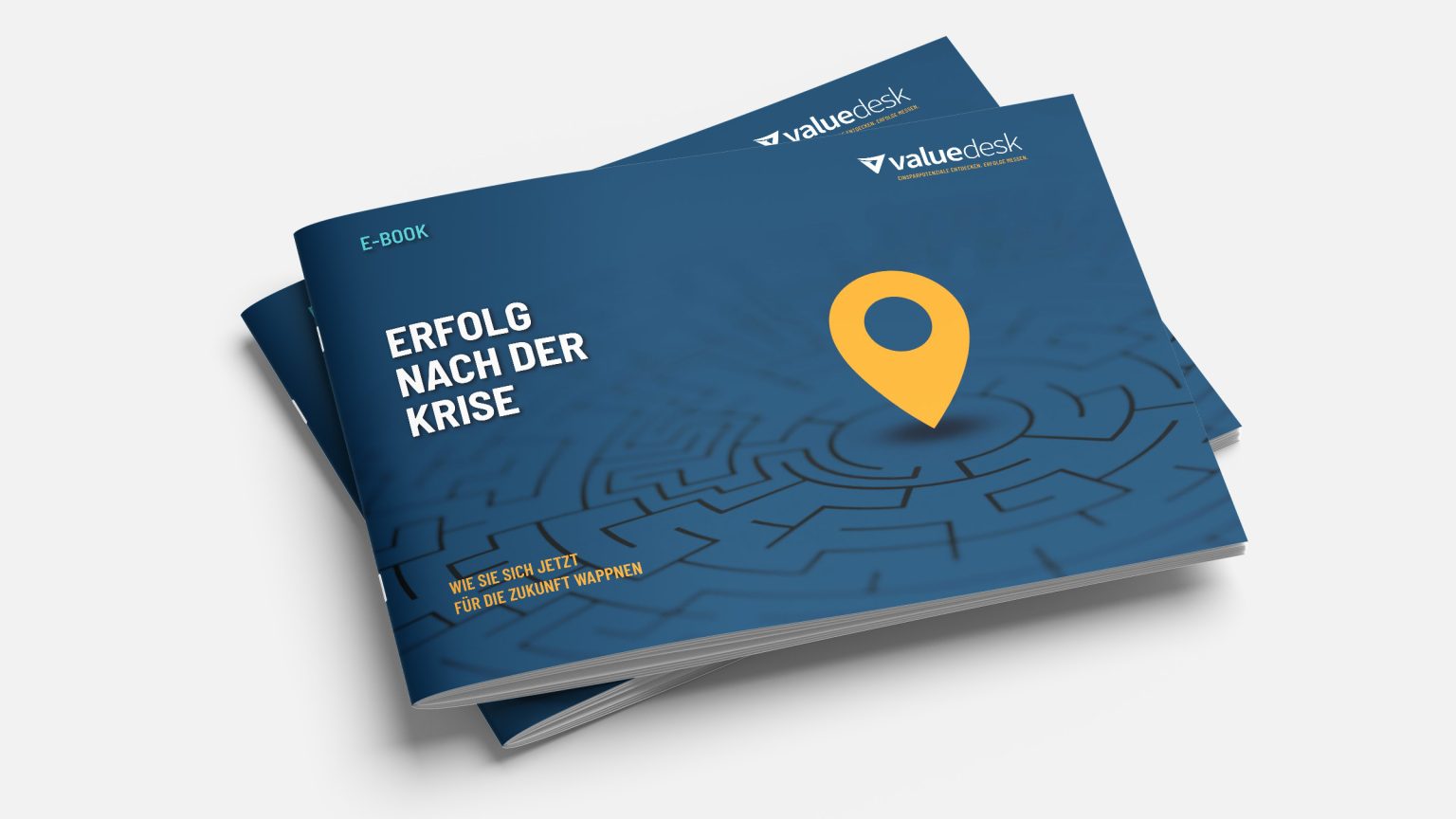How to prepare now for the future

E-Book
A multitude of crises currently threatens Germany’s mid‑market: the COVID‑19 pandemic, the procurement crisis, and most recently the Ukraine conflict. Additional challenges arise from digitalization pressures, sharply rising costs—and as of 2023, the new requirements of the Supply Chain Act. With today’s political willingness to act on climate issues, there is no sign of relief; on the contrary, further supply bottlenecks and increasing costs (e.g., for CO₂ certificates) are to be expected. Companies must establish resilience—and here’s what matters.
The crisis as catalyst
Crises are dangerous emergencies in which poorly prepared or particularly hard‑hit companies can perish. Yet they also present a great opportunity to rethink and optimize a company’s culture and ways of working.
A crisis puts companies into motion
“You overcome crises best by anticipating them,” said the U.S. economic historian Walt Whitman Rostow. Adjusting structures and processes now can help avoid many future crises.
The typical company—especially as it grows larger and more complex—is subject to inertia. Change processes are only set in motion reluctantly. This reluctance isn’t necessarily due to individuals but to the nature of the overall structure, such as long decision‑making paths. In business‑as‑usual, a certain degree of caution makes sense to evaluate risks and avoid mistakes caused by hasty actions. However, in a crisis, boldness is required. The fight for survival can force rapid acceleration and bring about unexpected flexibility.
Transformation instead of day‑to‑day business
Even after a crisis has passed, it can serve as a catalyst for change. Companies must learn from crises. They need to analyze the causes, the measures taken, and the new internal and external circumstances—and derive actions from them.
Then simply fill out the form below and you will receive free access to the full whitepaper (available as a PDF) by email.